Case Study: The Impact of China's Economy on Amway's Business
VerifiedAdded on 2023/06/03
|16
|1140
|168
Case Study
AI Summary
This case study analyzes Amway's business operations in China, focusing on the interplay of global economics and political factors. It begins with an overview of Amway's entry into the Chinese market in 1995 and its subsequent challenges, including the ban on direct selling. The study examines the economic environment in China, including its rapid growth, technological advancements, and impact on Amway's sales revenue, as well as the company's strategies to adapt to regulatory changes. The analysis further explores the influence of Chinese economic policies, the Foreign Corrupt Practices Act, and the impact of trade policies, including the US-China trade war. The case concludes with lessons learned, emphasizing the importance of adapting to economic fluctuations, regulatory burdens, and trade disputes. It also highlights the importance of a systematic business plan for success in the Chinese market.
1 out of 16
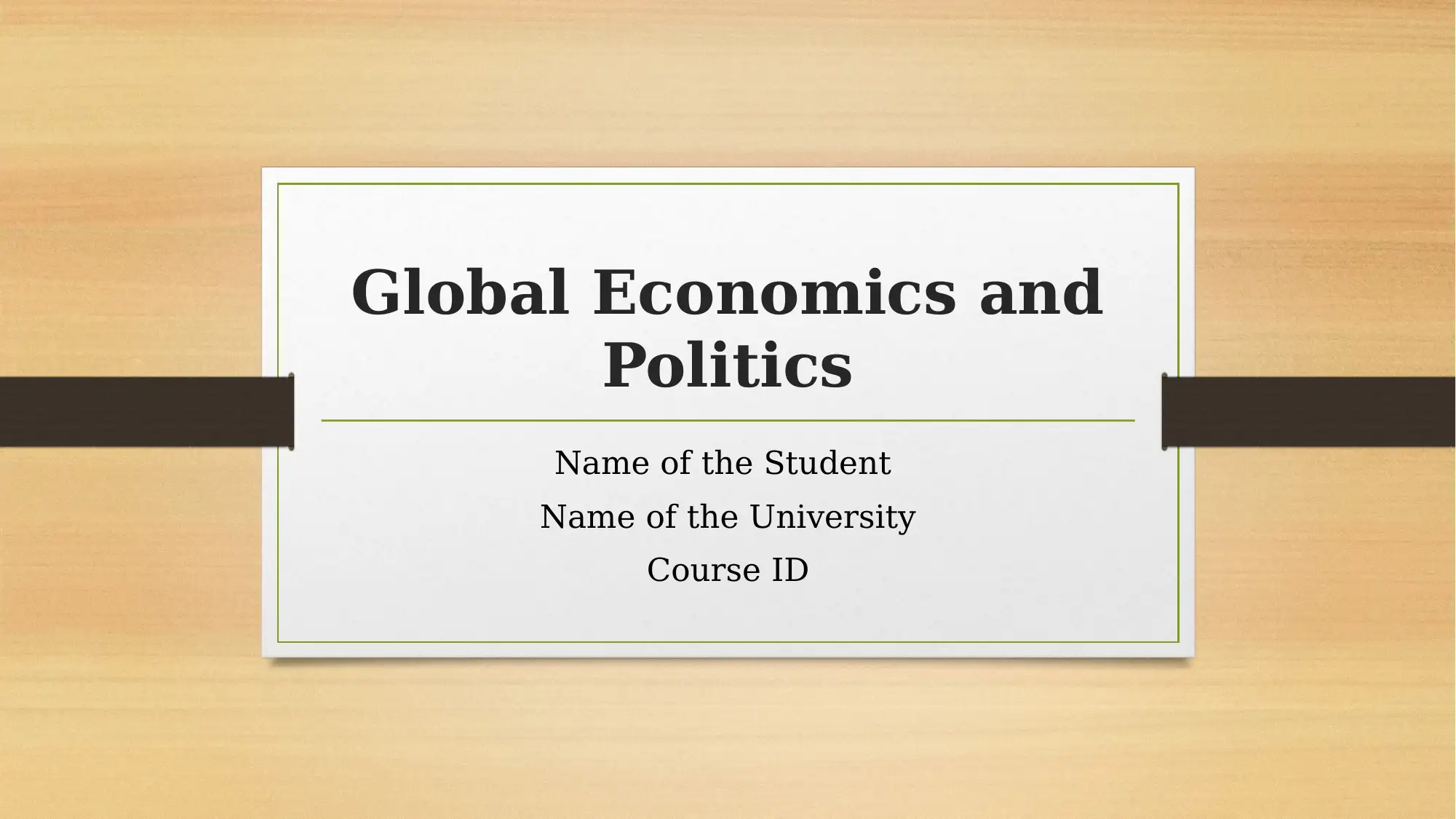
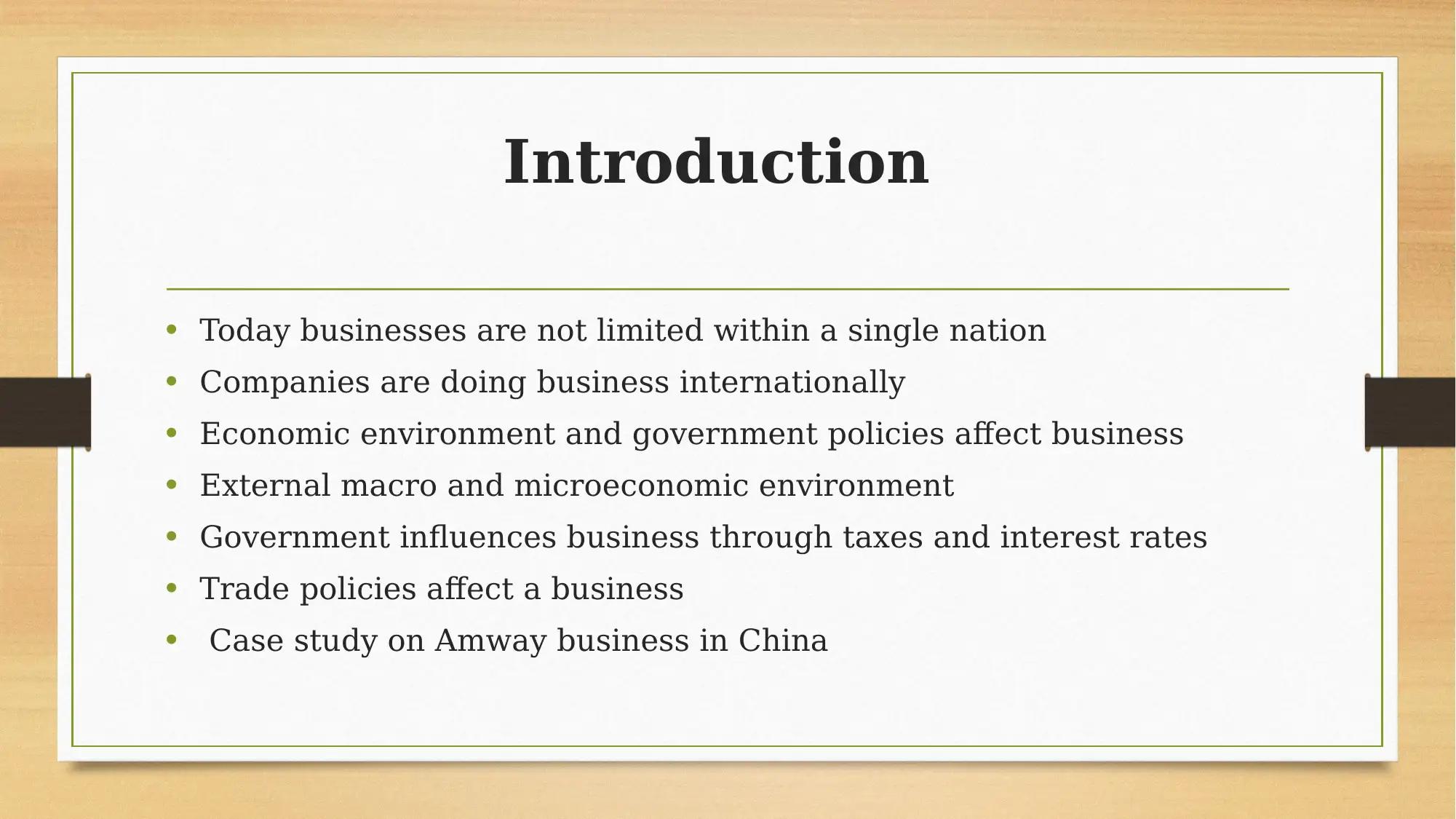
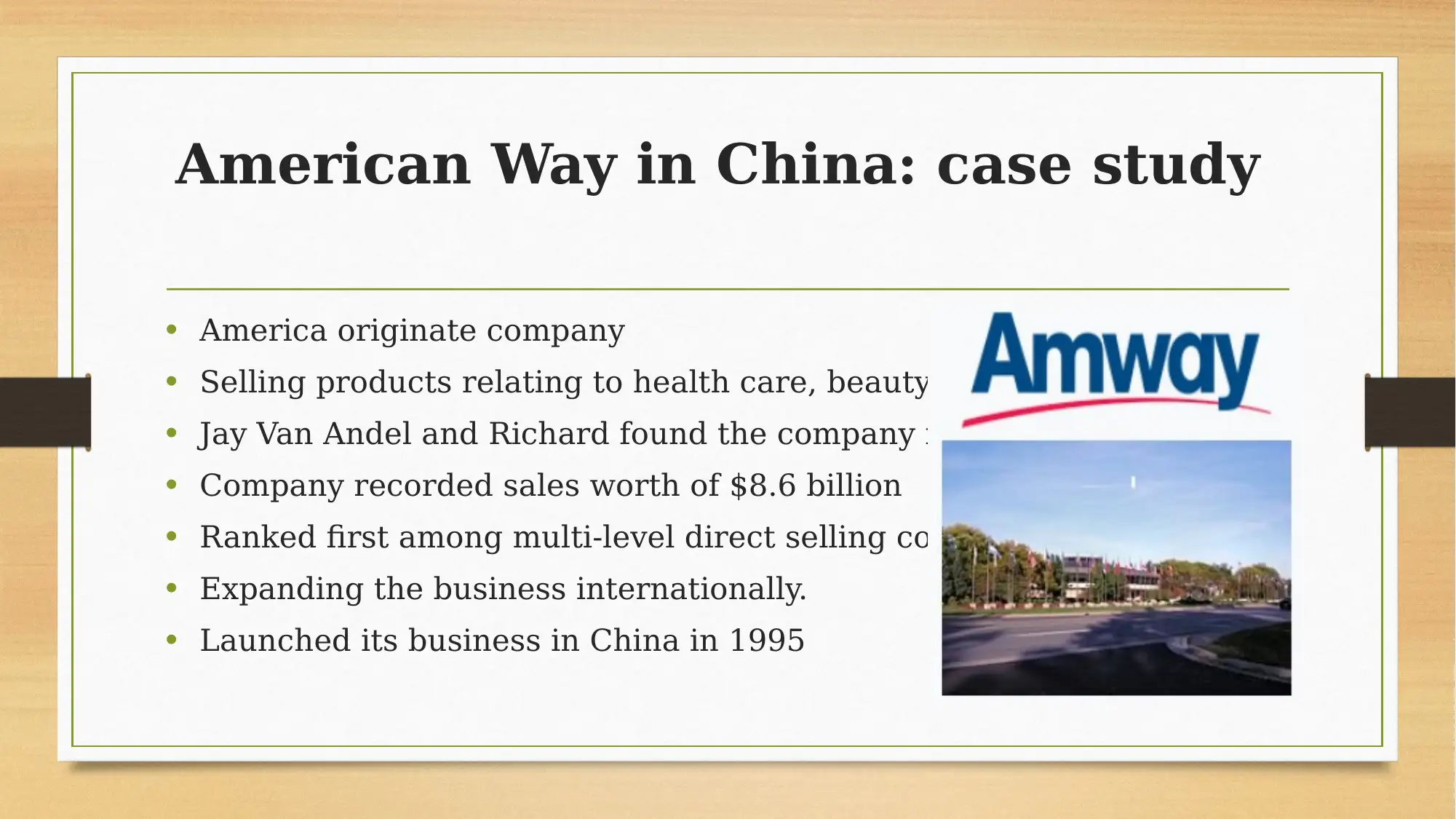

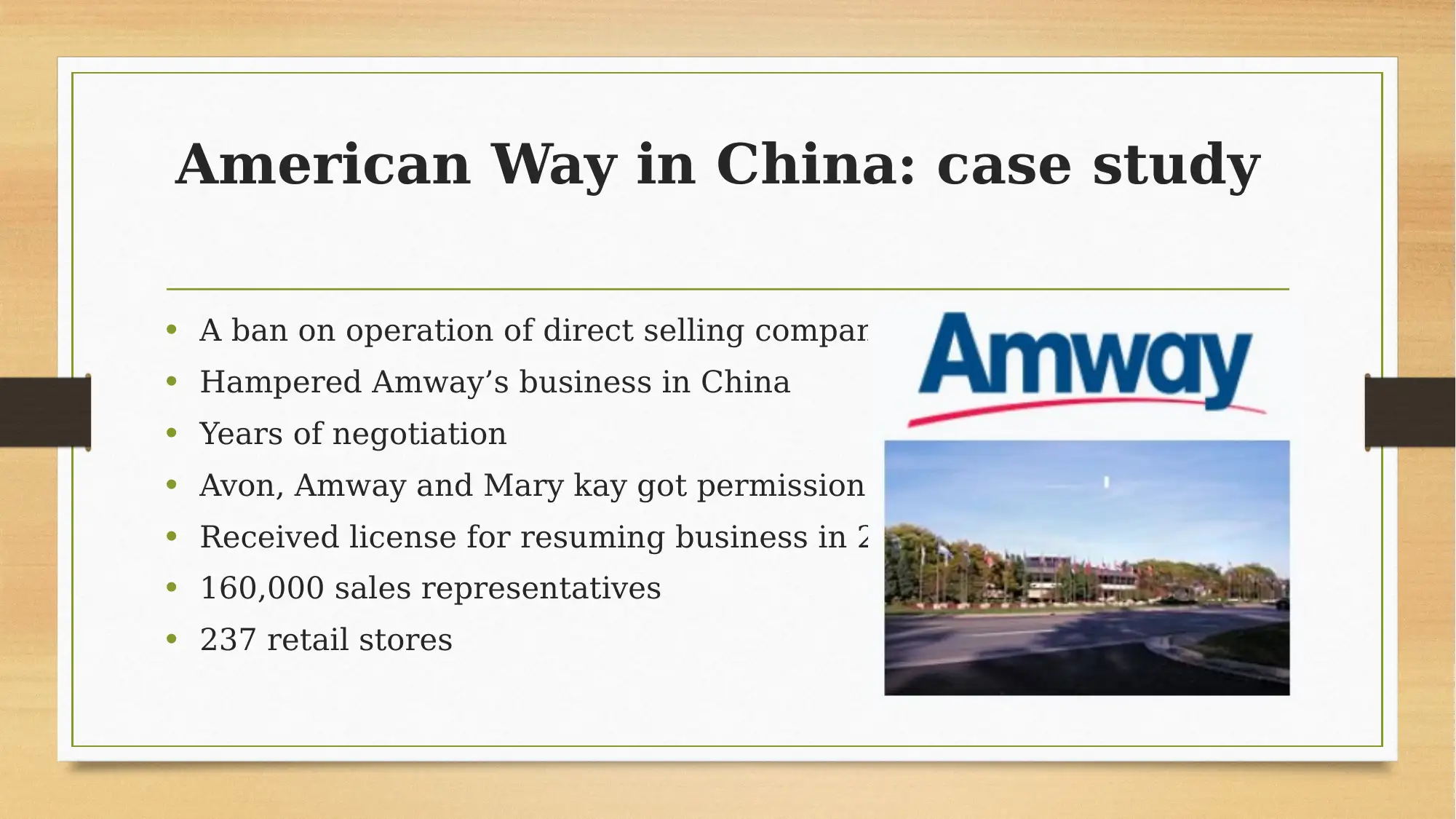
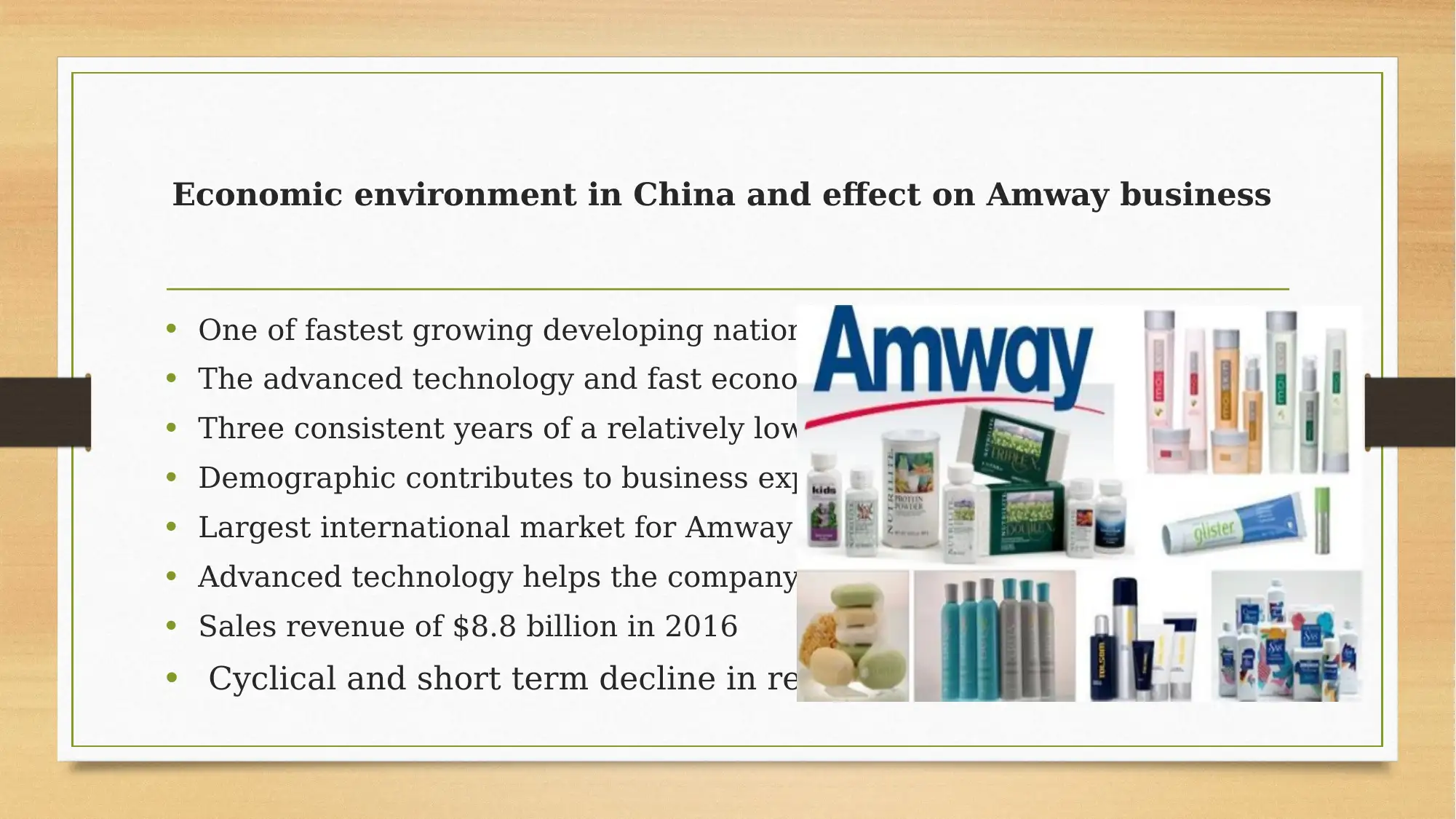
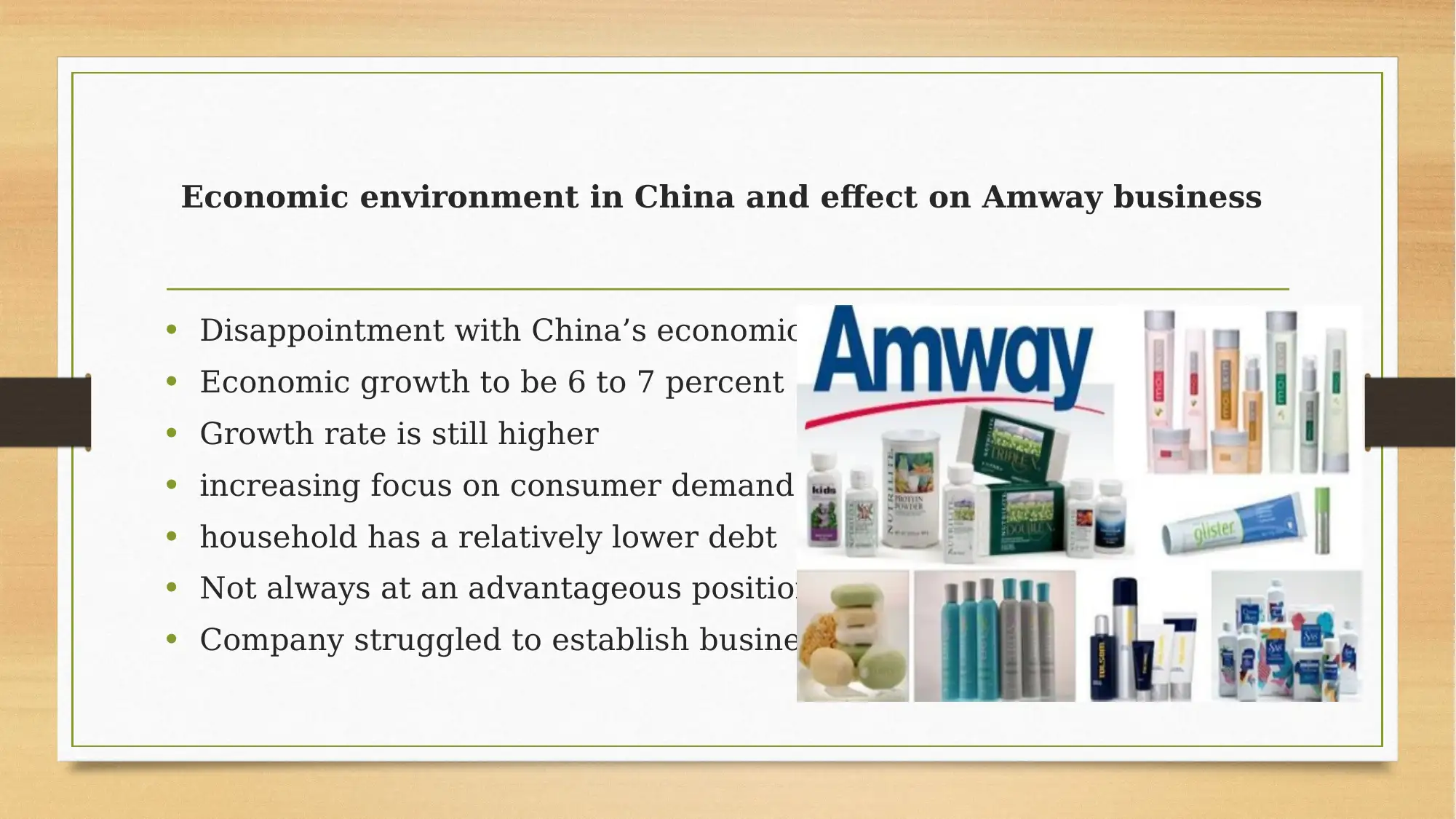
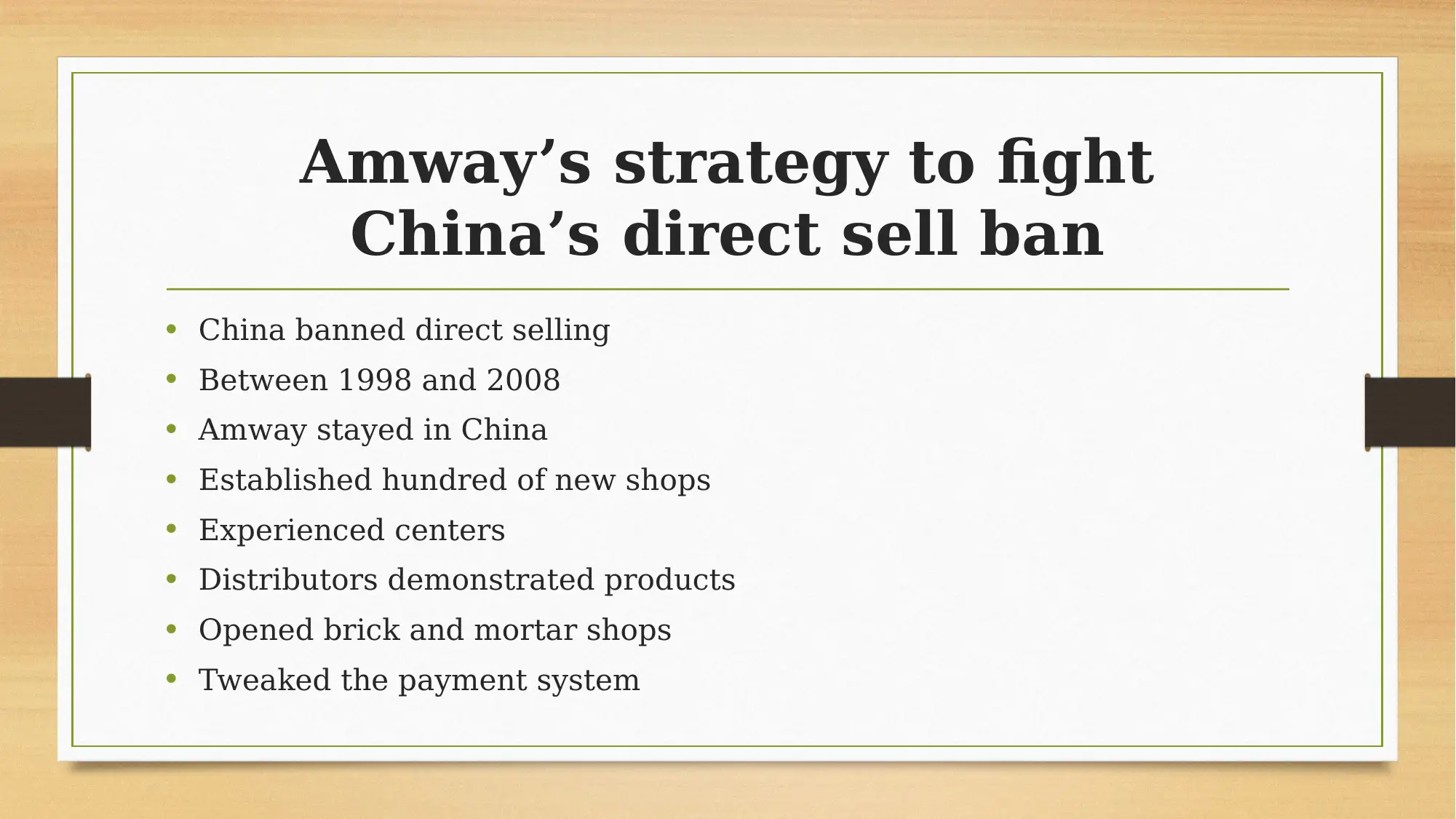
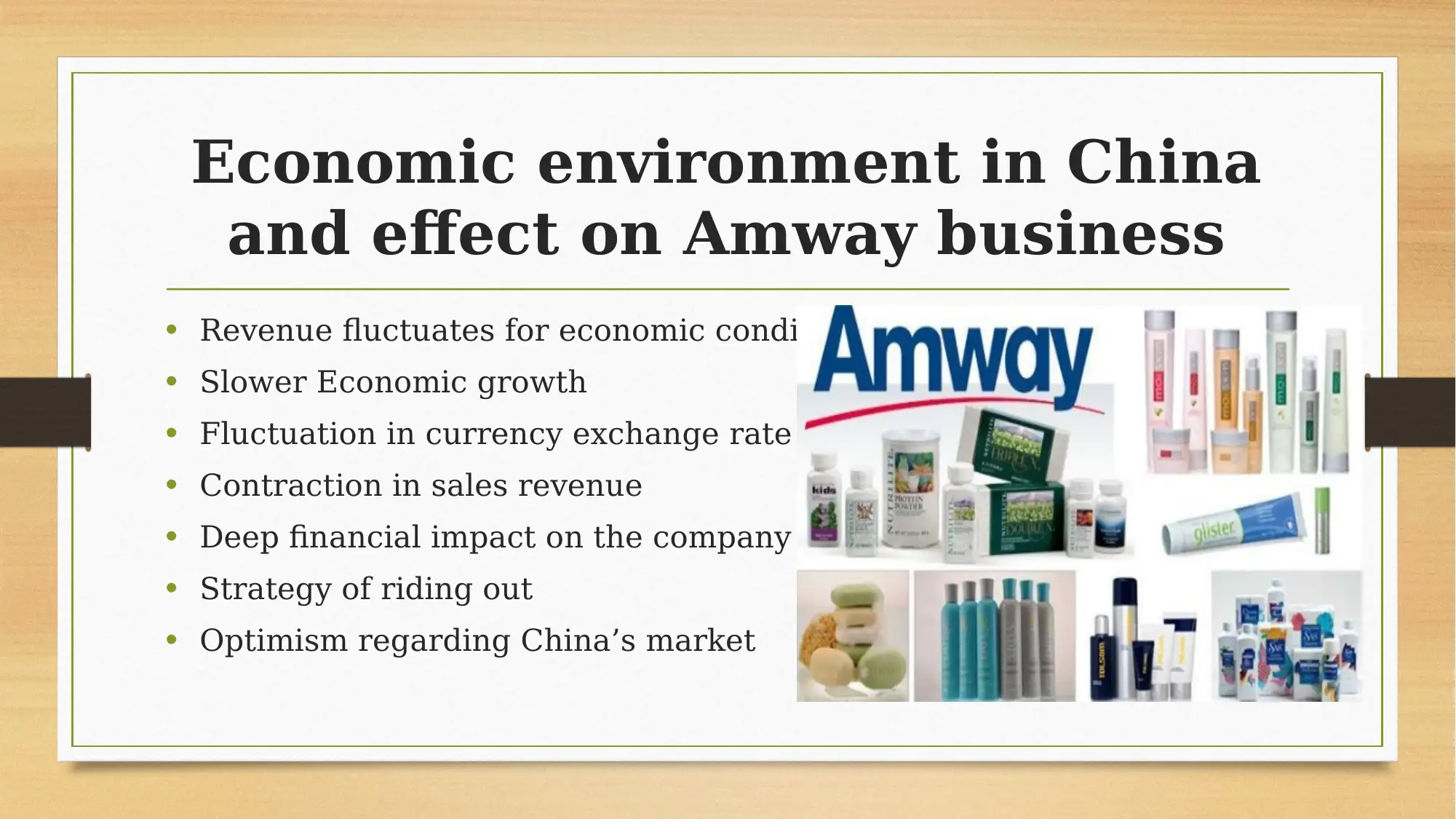
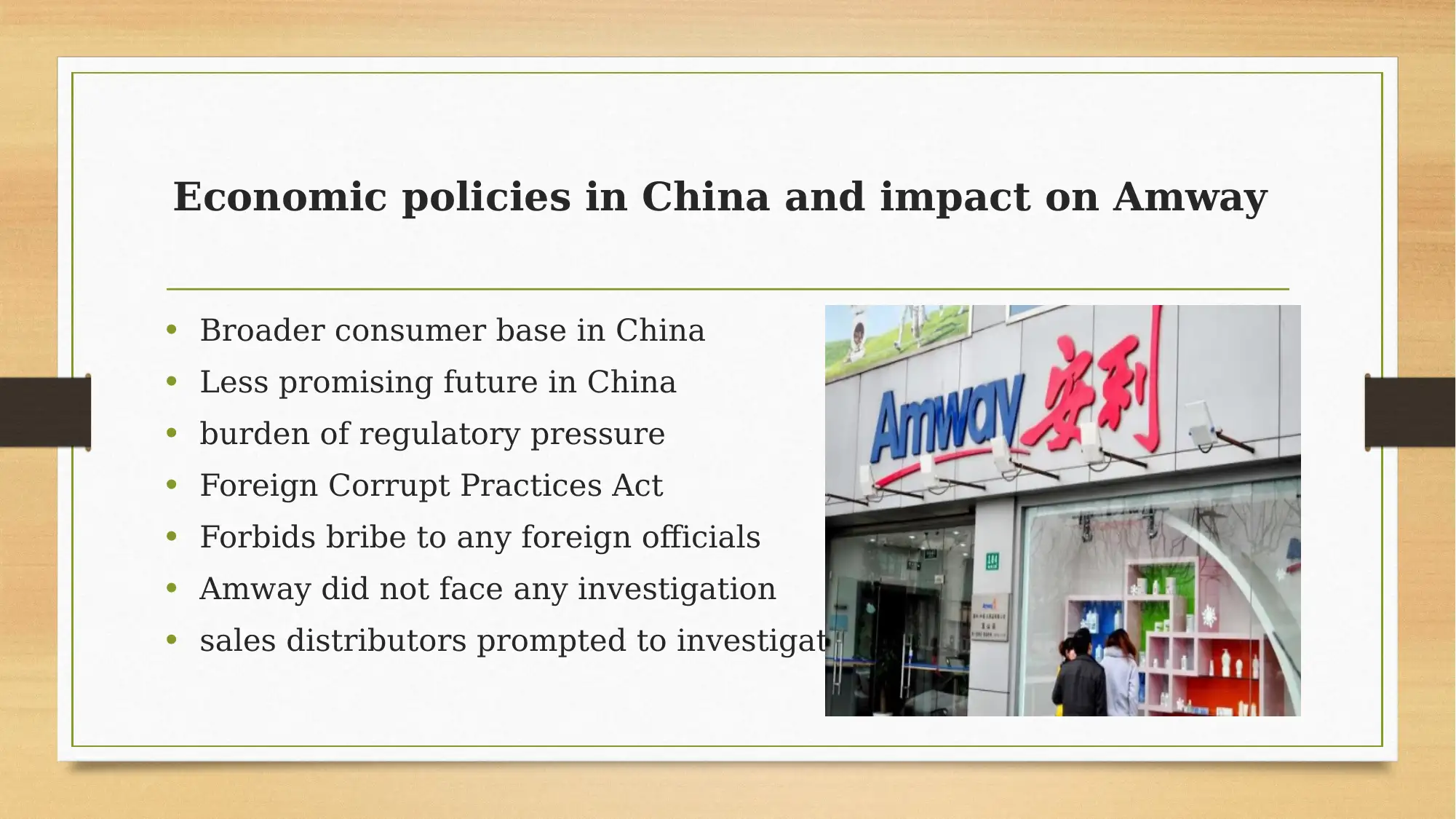
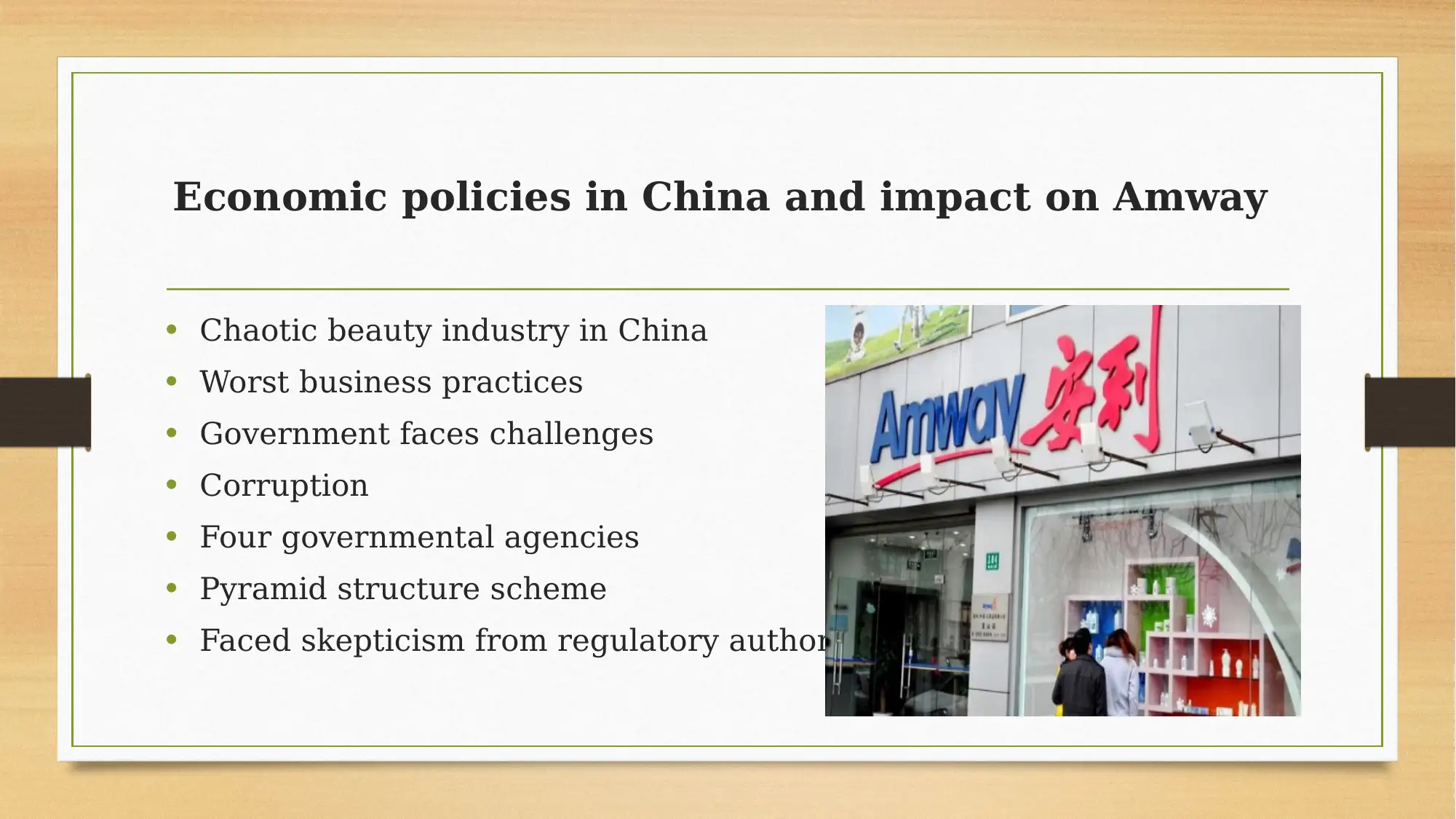
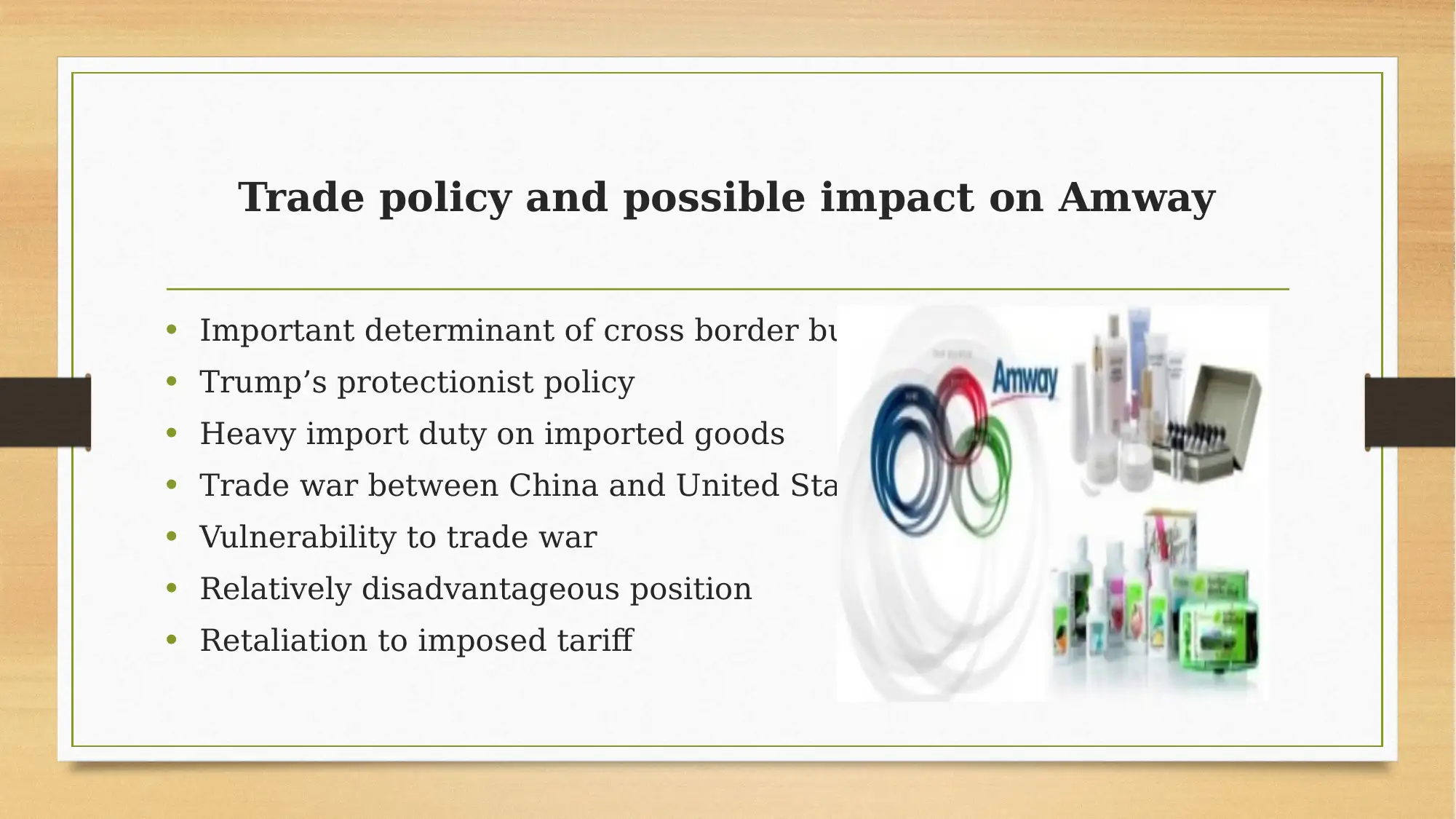
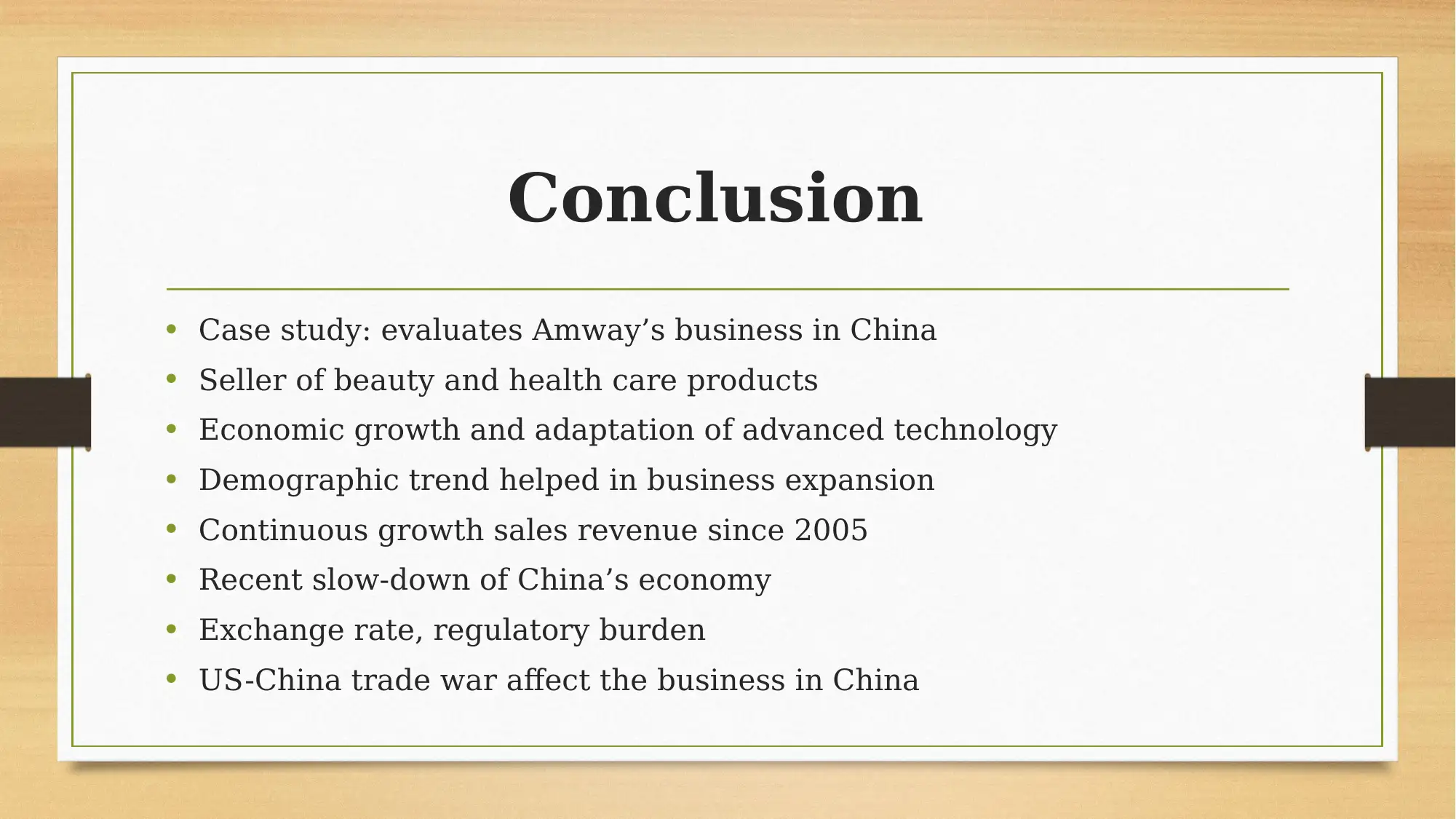






![[object Object]](/_next/static/media/star-bottom.7253800d.svg)